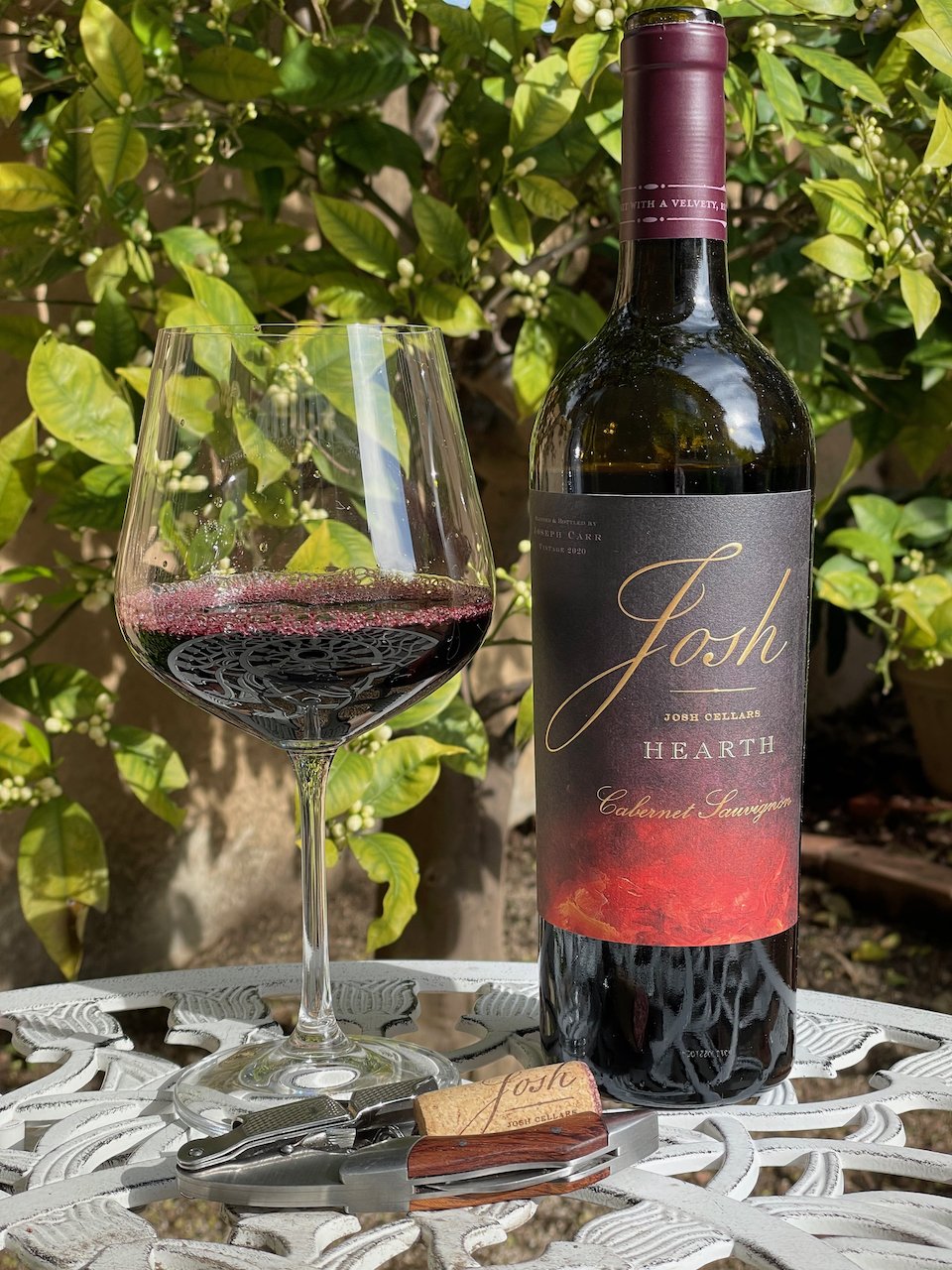Photo by Andreas Haslinger on Unsplash
In the wine world, there is such a thing as “Corked” wine. And, no, it doesn’t mean that the cork has been removed from a bottle of wine. Pulling the cork is usually a good thing. But, a “Corked” wine is actually a bad thing.
You may have had “Corked” wine and not even noticed. But, usually it’s quite apparent. That is, if you know what you’re looking for.
“Corked” wine refers to a wine that has been contaminated with ‘cork taint.’ This can happen if the wine is bottled with an infected cork. This infection occurs when natural cork fungi come in contact with certain chlorides found in bleaches and other cleaning products. This combination forms Trichloroanisole (TCA) which is what is responsible for ‘cork taint.’
This cork ‘infection’ can have two very different effects on a wine. The one that is easiest to detect is an odor that’s been compared to the smell of wet cardboard, wet newspaper, a damp basement or even a wet dog! The other less detectable effect is that the wine will seem to lack aromas and have little or no taste. This seems to be from the fact that TCA has a way interfering with your sense of smell.
So, if you pull the cork on a wine and get a musty aroma, or if you are very familiar with a wine, and this bottle just doesn’t seem anything like it should, you’re likely dealing with a “Corked” wine. Now, there’s actually no harm in consuming a “Corked” wine. But, the musty aroma or the complete lack of aroma may strongly affect your enjoyment of the wine. The literature suggests that as much as 3% of wines that are sealed with a cork will be “Corked.” So, always remember to practice the 5 S’s of wine, with one of those being ‘Smell.’ And, here’s to drinking un-tainted wine! Cheers!






